Timber Frame Construction – The Complete Guide to Building a Timber Frame Home
The National Custom and Self Build Association (NaCSBA) estimates that timber frame construction accounts for 31.8% of self build projects. That puts it in a firm second place, only fractionally behind masonry (35.2%) – and the gap looks to be narrowing every year.
Two main systems fall into the timber frame construction bracket. Closed panel is the most prevalent option, with the insulation (and sometimes additional components, such as windows) pre-fitted into storey-height panels in the factory. This minimises the amount of work required on site, and provides a strong guarantee that the designed performance will be delivered in your finished home.
The alternative is open panel, where one face of the structural walls is left open so insulation can be installed on site. In both cases, the timber frame kit will also include the floor and roof structures, internal load bearing walls etc.
So, what’s really involved when constructing a new home with timber frame, and is it the right structural system for you? We take a look at the advantages, considerations and costs of timber frame construction.
Jump to
- Designing a timber frame home
- The construction process
- What do you get a timber frame construction package?
- What isn’t included in a structural package
- How to find a supplier
- Open or closed panel?
- Maximising energy efficiency
- Insulating a timber frame home
- Living in a timber frame home
- How long does construction take?
- How much does it cost to build a timber house?
- FAQs
Who Can Design My Timber Frame Home?
In the early stages of any project, it’s important to assemble the right team. As well as your timber frame supplier, this includes designers who can translate your ideas into reality. “We always recommend getting your timber frame provider involved in the project as early as possible,” says Simon Orrells, managing director at Frame Technologies. Your chosen specialist can offer valuable input during the initial stages of your project – helping you meet Building Regulations and address potential planning challenges.
There are different ways to approach the design process. Some timber frame suppliers can take on the entire architectural and engineering process via their in-house or partner designers. This would typically be a house shell package, where they supply and erect the superstructure of your home – but some companies can deliver the whole build for you on a turnkey basis, offering a streamlined journey from concept to a buildable, high-quality home.
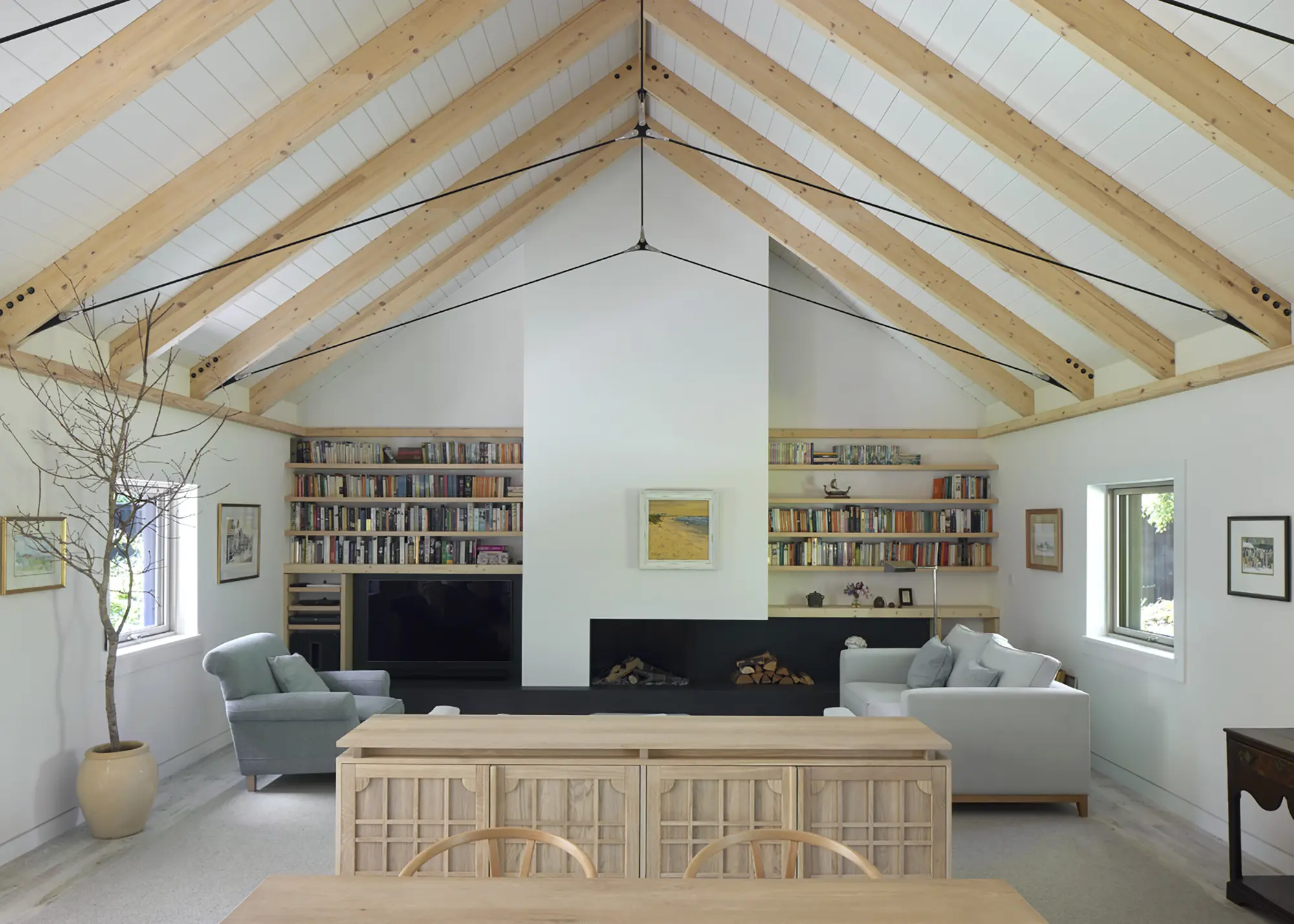
Nestled into a green belt woodland plot and consisting of two timber frame, barn-style volumes separated by a tranquil courtyard, this timber frame home was created by TAS Architects and Timber Innovations. This project won Best Timber Frame Home at the 2024 Build It Awards
Alternatively, most will also be happy to work with an independent architect of your choosing, who can add their own flair and creative input. Bear in mind that your design will then need to be adapted to suit the structural system at the technical design phase. “If you opt for a specialist timber frame architect,” says Mike Hope, managing partner at Roderick James Architects, “they can advise you on a supplier to suit your project, location and budget.”
When selecting your frame supplier, it’s important to look beyond the price tag. “Get detailed costings and understand exactly what is included, excluded and what services are being offered,” advises Helen Turner, commercial director at Turner Timber Frames. To build confidence in your chosen company, ask to visit active build sites or factories, meet the experts to discuss your plans in person and speak with previous clients.
What Kind of House Can I Build with the Timber Frame Construction Method?
Timber frame is a truly flexible building method – allowing you to create a bespoke home in pretty much any style that’s totally tailored to your needs, design tastes, budget and the demands of your plot (or the whims of the planners).
You can even mix the panels with other structural materials, such as steel or glulam (an engineered, laminated timber beam), to deliver features that can’t be cost-effectively achieved with standard framing alone.
EXPERT VIEW Preparing your site for a timber frame buildProper site preparation and health and safety planning is a vital, yet often overlooked, aspect of a self build project. Time invested wisely in the early stages will ultimately make your self build journey smoother, safer and much more enjoyable. Site access – think like a lorry driverYour dream plot may have stunning views, but if the access road is more suitable for a mountain goat than an articulated lorry, you have a problem. Big building components need big vehicles which need space to manoeuvre, so assess the access route for narrow lanes, sharp turns or weak bridges well in advance. Clear communication is also essential. We recommend providing suppliers with maps, images, videos and as much information on the site as you can.
Above: a Fleming Homes timber frame self build Mechanical handling – work smarter, not harderHeavy lifting is inevitable, and while cranes seem costly, they could save time and improve safety, especially on sites with restricted access. Plan clear routes for machinery, ensure operators are properly trained, and incorporate mechanical handling into your budget from the outset. If you make savings along the way and can afford that luxury hot tub at the end of the project, then that’s great! But just remember, you can’t hang curtains in a Jacuzzi – your timber frame structure should take priority. Find out more about site preparation and health and safety on Fleming Homes’ website. |
How is a Timber Frame House Constructed?
The overwhelming majority of shells are produced off-site in a factory – although the extent of prefabrication differs according to the complexity of the project and whether you opt for open or closed panel framing. Large parts of the process are computer-controlled, so you can expect accuracy and quality as standard.
The core part of a timber frame is the load-bearing, storey-height walls. These are lightweight engineered panels, each comprising a network of studs encased on either side with a wood-based sheathing, such as oriented strandboard (OSB).
The gaps between the studs are filled with insulation to create a highly-efficient structural panel – and excellent levels of energy performance can be achieved with relatively slim walls, which can help to optimise internal floorspace.
CASE STUDY Traditional-style timber frame houseTake a look at how Fleming Homes turned Arthur and Lydia Achard‘s dream for a bespoke dwelling into a reality.
When Lydia, her husband Arthur and the couple’s two children started to outgrow their modern townhouse in Alnwick, the pair began seeking out opportunities to put down roots elsewhere. The Achards were primarily interested in properties in the north of Northumberland, but thought self building was going to be out of their budget. However, in 2018, a rundown former mill came up for sale and the couple recognised the land’s self build potential. Planning permission had already been granted to redevelop the site with a new home, but this still required some back and forth with planners until their final design was accepted.
Designed by Giles Arthur Architects, the house comprises two wings; the first a two-storey structure clad in stone reclaimed from the demolition of the original mill. This connects to an L-shaped timber-clad wing via a glazed link.
|
Premium Content
Downloadable E-Guide
Where should you start when planning your home building project? Build It’s in-depth downloadable guide to self building a house contains everything you need to know to make your project a success.
find out more
What Do I Get in a Timber Frame Package?
In addition to the load-bearing wall panels, your timber frame construction supplier will manufacture the internal partitions, floor and ceiling joists, roof trusses etc. It will also provide all the components required to erect the shell and make it weathertight (such as breather membranes, sealing tape and – depending on the suite you’ve selected – insulation).
For this reason, many timber frame companies in the sector offer their frames as design and build packages – and a large number can even take care of follow-on parts of the project, right up to completion if you desire.
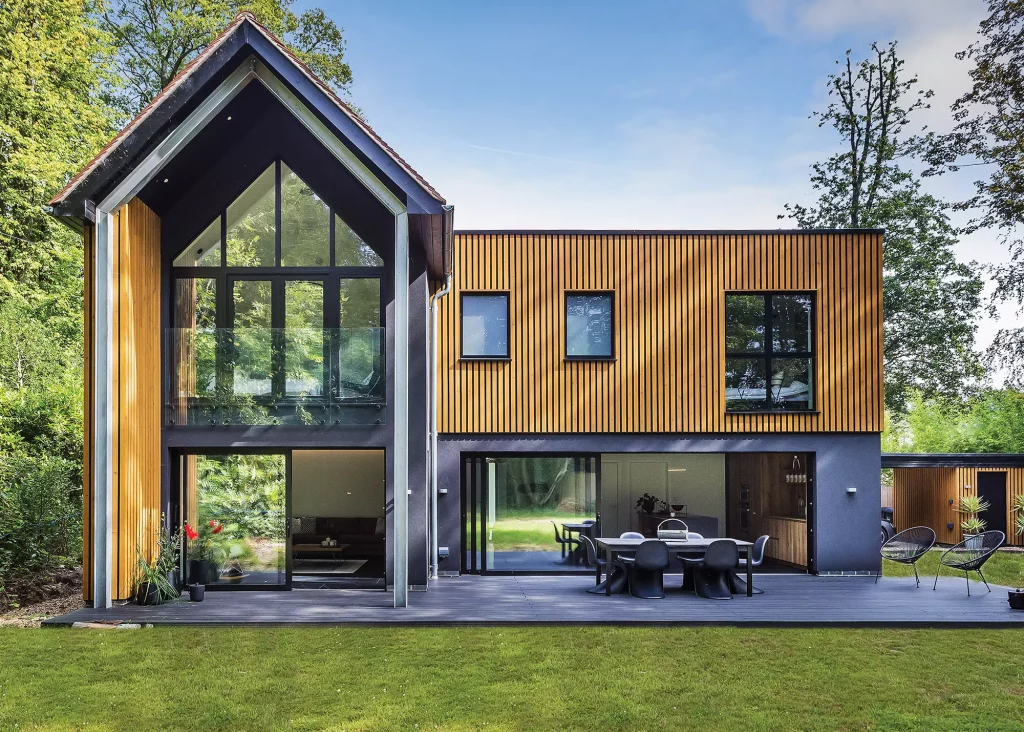
Having found a suitable plot in West Sussex, this couple contacted Scandia-Hus to develop the plans which would become their new home. The couple opted for a turnkey building route, which meant that Scandia-Hus managed the project and took the scheme through planning to the completed build, while the couple were able to choose the finishing touches
You can expect an eight to 12 week lead-time for your timber frame to be manufactured. Once ready, it will be delivered to site in lorry loads. Most suppliers offer a design and build service, so you can use their team to take the shell to weathertight stage (or even through to later phases in the process, right up to completion). Alternatively, you can often select your own general builder to tackle the job.
How can you find a structural timber supplier?With so many suppliers out there, how can you work out which one is right for your self build project? It might come down to the level of service they offer – for instance, do you want your supplier to offer in-house design or have you already got plans drawn up from an architect? Shop around and look for suppliers with a history of successful projects. The Structural Timber Association (STA) is a good place to start your search, plus the association has its own unique assurance scheme, STA Assure, where the quality and standards of the timber system are verified. “It’s also much easier to get building control and warranty sign-off if you work with an STA member,” says Simon Orrells, managing director of Frame Technologies. |
What Isn’t Included in a Timber Frame Construction Package?
It’s extremely rare for timber frame construction suppliers – even the turnkey design and build firms – to offer groundworks and foundations as part of their packages. The most they’re likely to do is recommend a partner firm they’ve worked with in your area.
This is important, because it becomes your responsibility to get the foundations and floor slab perfectly square and level within the tolerances your frame manufacturer demands. If you don’t get it right, they won’t put up the shell – and you’ll face delays for remedial works.
Should I Opt for Open or Closed Panel?
In terms of the house you’ll end up with, there’s little difference between these systems. Open panel timber frames are manufactured with the internal side of the walling element unsheathed – so insulation, service runs etc are all taken care of on site.
This option should translate into a fairly short lead time for the kit, but it requires more attention to detail and labour on site than its closed panel cousin (which involves a greater degree of prefabrication).
With the latter route the insulation is usually pre-fitted, service channels routed and – in some cases – elements such as windows, doors and plaster are already in place. This has obvious benefits for build speeds, but does mean you need to nail down more of the detail of your design prior to manufacture.
CASE STUDY Spacious timber frame family homeFind out how this couple reached their dream of a bespoke family with the help of a Potton timber frame structure.
Set just 100 metres away from their previous home and located on a Bedfordshire village boundary, Alan and Nicola Burton self built a brand new three-storey timber frame dwelling with the help of a Potton pre-insulated structure.
The couple visited Potton’s show village and were impressed with the variety of house designs, the quality of the building systems and the customer service they received. “Potton were brilliant,” says Alan. “From the first meeting they were clear in their communication, really helpful and approachable. We liked the design and build formula, and they were just down the road.”
Clad in Ivanhoe Westminster multicoloured heritage brick from Hanson and silicone render, the three-storey timber frame home is enhanced with intersecting gables and a small single-storey volume to the rear. |
How Energy Efficient is Timber Frame Construction?
This will of course depend on the specification you opt for, but a standard home built using timber frame construction and with 140mm-thick wall panels will easily get through the Building Regs.
Timber frame construction’s prefabrication process means good airtightness is pretty much guaranteed – and if you opt for higher-quality, thicker or additional insulation (such as an internal layer beneath the plasterboard) you can achieve excellent thermal performance that rivals any other system. What’s more, providing it’s responsibly sourced, timber is a carbon-neutral, renewable product – so it’s naturally sustainable.
The only downside of this system in the efficiency stakes is that it’s relatively lightweight; so it doesn’t offer much thermal mass (the ability to absorb heat from the sun’s rays and release it back into the house as internal temperatures drop).
Good thermal mass makes for a predictable heating cycle, which can help to save money on energy bills. You can make up some of the gap versus masonry by opting for features such as concrete ground floors.
EXPERT VIEW Insulating a timber frame homeSimon Orrells from Frame Technologies explains the ins and outs of getting the performance you want from your timber frame project:
Simon Orrells is managing director of Frame Technologies. He has spent over 30 years advising on energy-efficient timber frame construction, and developed the TechVantage Systems, which are at the forefront of structurally insulated panel technology. |
What’s it Like to Live in a Timber Home?
Even in a standard home built using the timber frame construction method, running costs should be affordable – and impressive eco standards such as Passivhaus, which would result in minimal heating requirement, are well within reach. You’ll also enjoy a flexible living space – open plans are easy to achieve, so you can simply partition off rooms with non load-bearing stud walls, which should allow for future alteration.
Soundproofing more than surpasses Building Regulations out of the box, but there’s no doubt that masonry systems have the edge here due to their heavyweight construction. You can upgrade with methods such as using double-skin plasterboard – but this will obviously add to your build budget.
Another consideration is that timber frame construction stud walls aren’t solid – so you can only hang heavy items such as kitchen cabinets where there’s a corresponding noggin or stud. It’s important to bear this in mind during the design phases.
How Long Does it Take to Erect a Timber Frame House?
We’ve already mentioned that prefab techniques allow for a quick route to a robust structural shell. This is because – whether you choose open or closed panels – your site team will be erecting vast swathes of walling in one go; as opposed to bedding in individual bricks and blocks.
The labour requirement is also drastically reduced, which means less time and less resource is needed on site. The frame for a typical three-bedroom home can easily be taken to weathertight stage in under a week.
The panels are lightweight and easy to manoeuvre – and some can even be man-handled into position. Large or heavy elements (such as closed panels with windows already inserted) will be craned into place; so bear the plant hire cost in mind.
Your new home’s walls and roof will be left covered in a waterproof membrane, which means work on finishing the shell can proceed both inside and out simultaneously. And because it’s a dry, ultra-fast system, you can work in wet conditions.
CASE STUDY Bespoke timber frame buildFind out how Frame Technologies took this family’s idea for an ultra-efficient dwelling and turned it into a reality.
When Steve and Suzanne Richardson moved back to the UK after living in the south of France, they had a struggle finding any low energy properties on the market. “We only wanted enough space to live comfortably, plus a big garden with countryside views.” So, the pair soon switched their strategy and turned their attention to building plots instead.
After finding the perfect plot in the Suffolk countryside, the couple enlisted Cocoon Architects to bring their design ideas to life, and Frame Technologies to erect their efficient timber frame shell. The couple chose Frame Technologies’ Tech Vantage T system, which comprises two 90mm studs sandwiched with glass wool insulation for ultimate efficiency.
The entirety of the timber frame house is clad in cedar shingles, which were imported from Canada and laid by Suzanne and her brother, John. The triple-glazed windows and sliding glass doors play a vital role in harnessing the sun’s free heat to warm the house, without allowing heat to escape from within. |
How Much Does it Cost to Build a Timber Frame Home?
The price of your frame will vary drastically depending on factors such as location, design complexity and the level of finish you’re looking to achieve. “A good rule of thumb is to budget between £250 to £300 per m² for the frame itself, excluding insulation,” says Simon.
The cost of insulation on top of this will depend on the material you select, its thickness and the standard you want to achieve – meeting Building Regulations or reaching for Passivhaus levels, for example.
“On average, the structural timber frame package will represent roughly 10-12% of your overall self build budget,” says Simon. Simple two-storey designs on serviced plots will be at the lower end of the spectrum, with more complex single-floor or split-level concepts at the top. Plus, of course, the frame itself only represents a proportion of your total project budget. “Overall build costs for a completed timber frame home can range from £2,500 to £3,500 per m²,” says Mike Hope, managing partner at Roderick James Architects.
“Opting for large open spans where walls don’t line up floor to floor will increase costs, as we have to add steelwork,” notes Simon. Simplifying your building form and opting for features like standard fink roof trusses, which are quick and easy to install, is a good way to keep costs down.
That said, it’s all about matching your project specification to your budget: if you have the money to stretch to attic trusses that will enable a future room-in-roof conversion, for instance, this could represent great long-term value for money.
Whether you’re building a timber frame home on tight budget or creating a high-end house, one advantage of this system is that it provides a greater degree of cost certainty.
This is because you’ll be signing up to a fixed price package for the materials supply and, in many cases, erection of your home’s structural shell. As the frame will be prefabricated to your chosen design, you’ll be expected to pay for it relatively early in the process.
A typical arrangement might be a 25% deposit to enable manufacture, with the rest due in instalments up to delivery – plus installation costs once it’s on site. Lenders specialising in self-build are fully aware of the cashflow needs on this kind of project – but it’s important to make sure your staged mortgage payments reflect the capital outlay. You can refer to the case studies within this article to see a realistic building cost for a bespoke timber frame project.
find out how much it costs to build a house in the uk
FAQs
Do I need to choose a timber frame supplier that’s local to me?
“It’s not always essential to enlist a local timber frame company for your self build – it’s far more important to find a supplier that understands your project goals and can accommodate your individual needs. Some companies are more geared up for mass production/commercial builds whereas others – like us – cater to the self build market, offering a higher level of support and flexibility to ensure your specific requirements are met,” says Helen Turner from Turner Timber Frames.
“It’s worth making a trip to visit the timber frame supplier’s team and see their showroom or any live projects, as this is one of your biggest singular investments. Turner Timber Frames offers factory tours, show home visits and overnight stays in our newly-built Timber Frame Studio.”
Is the timber frame manufacturing process eco-friendly?
“It’s true that timber package homes are both sustainable to live in and create. These self build houses have been expertly designed to deliver excellent thermal and airtightness properties. Plus, as they are manufactured within a controlled factory environment, high performance is guaranteed and waste is minimised throughout construction,” says Simon Orrells from Frame Technologies.
“Closed panel timber systems can achieve U-values from 0.18 right down to 0.09 W/m²K. On top of these impressive performance indicators, timber is the only naturally renewable structural material. Timber frame is a highly sustainable and eco-friendly form of construction, with the lowest embodied carbon of any mainstream structural building material.”
Can I reclaim VAT on a timber frame package self build?
“Yes, in the UK you may reclaim VAT on eligible building materials and services – including package builds – through the VAT Refund Scheme for DIY Housebuilders, provided this is a new home. VAT Notice 431NB is the scheme that covers VAT reclaims on UK self builds. Note that most labour costs are already zero-rated, so they’re not part of the process,” says Sarah Mathieson from Fleming Homes.
“Additionally, items such as furniture, appliances and tool hire are excluded from the scheme. You only have one opportunity to submit a claim, which must be made within three months of receiving the completion certificate. The reward for keeping meticulous records throughout the project is a welcome cash bonus that’s the cherry on top of moving into your new home.”
What does the payment schedule look like for a timber frame package build?
“It’s important to agree a payment schedule that works for all parties and essentially doesn’t put either party at risk. Stage payments at key project milestones are standard practice. An offsite build will include payments for the upfront manufacture. A vesting agreement is often used to transfer the kit to client ownership after payment,” says David Himmons from Timber Innovations.
“At Timber Innovations, we always advise clients to do their homework – look for trading history, strong accounts, track record and most importantly a company that they feel confident to work with throughout the process. It’s not just about bottom line price – ask questions to ensure you’re getting everything you want to be provided by your package supplier.”
Can you change the design once the construction process is underway?
“Ideally, once your home’s structural frame has been fabricated, you shouldn’t make any changes. This is why it’s so important to enlist the skills of a good designer, who by this point would have gone through all the different design options and who understands how you’ll want to use the rooms and space early on in the process,” says Gareth Edmunds from Welsh Oak Frame.
“You can work with your supplier to make changes to the design right up to the point where it’s signed off and sent to the factory for manufacture. Any alterations to the scheme after that could be costly as you’d be paying for a structure that has already been manufactured and that won’t be needed anymore, on top of the cost of the new elements.”
Meet timber frame suppliers in person at Build It LiveOnce you have a plot, the next key decision is which build route is best for your project. Timber frame, ICF, brick, masonry, hemp, SIPs, CLT or steel frame? All have their benefits and downsides. At Build It Live you can speak to experts representing each of the main build systems, so you can choose the best option for you. Watch live presentations and get your questions answered on topics such as:
Build It Live takes place three times a year in Kent, Malvern and Exeter. The next show will be on 21st and 22nd February 2026 in Maidstone, Kent. Claim a pair of free tickets today and start planning your visit. |
This article was originally published in March 2022 and has been updated in November 2023. Additional content by Rebecca Foster
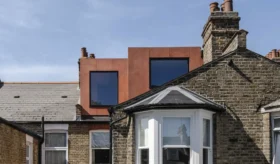


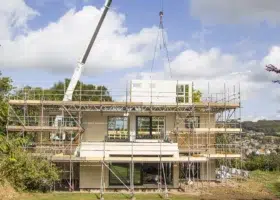
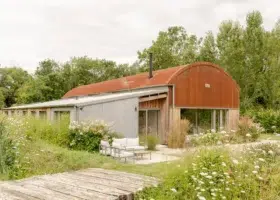
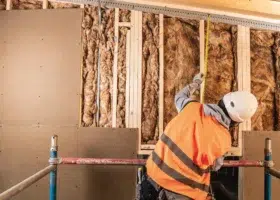
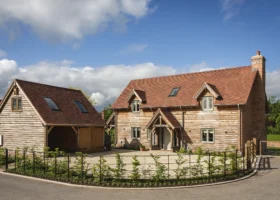


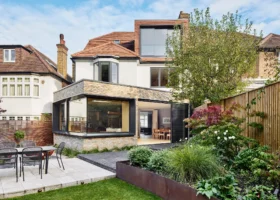
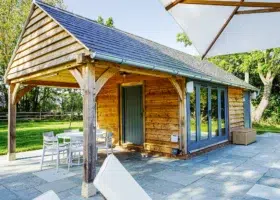
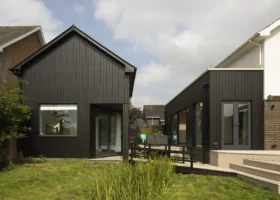
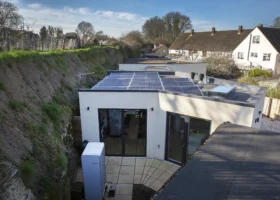




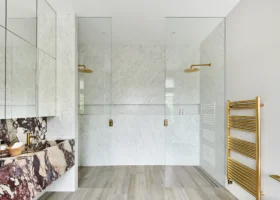
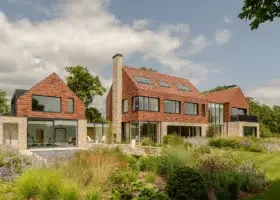
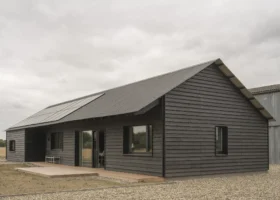
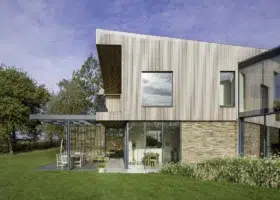
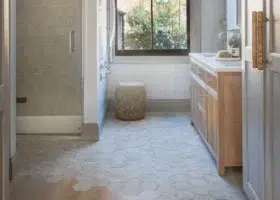

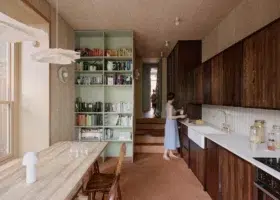








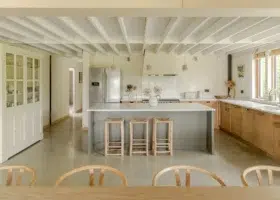


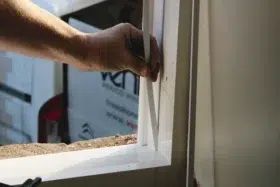
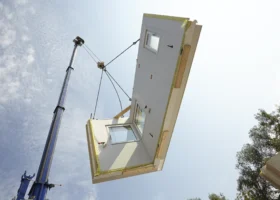



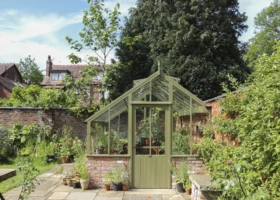


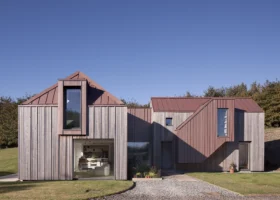
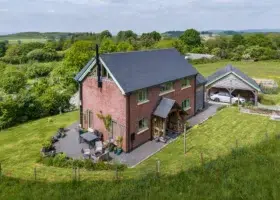
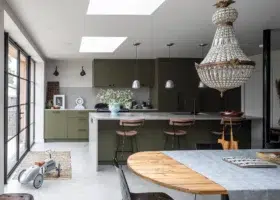
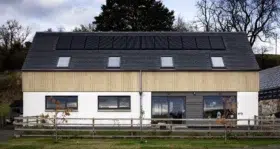


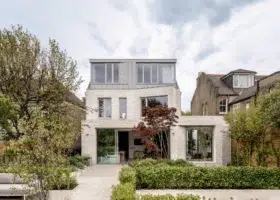
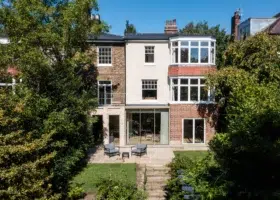
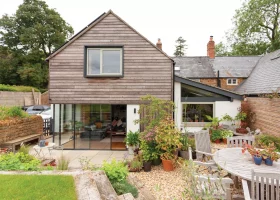





















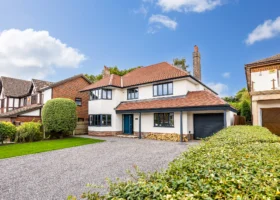
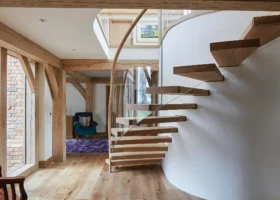




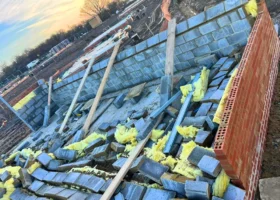

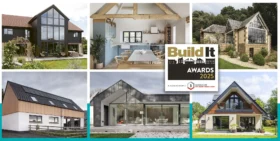





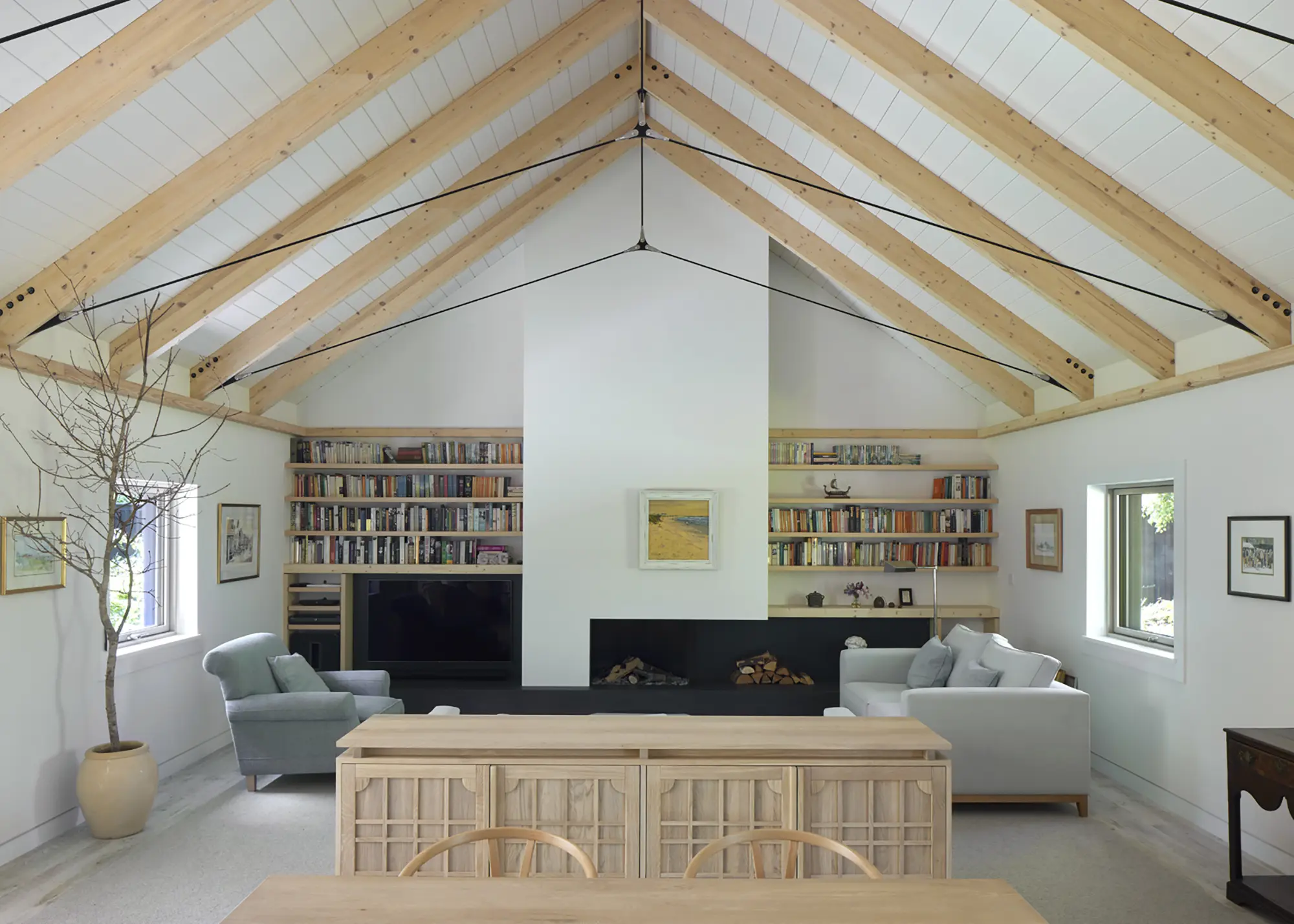
 Login/register to save Article for later
Login/register to save Article for later


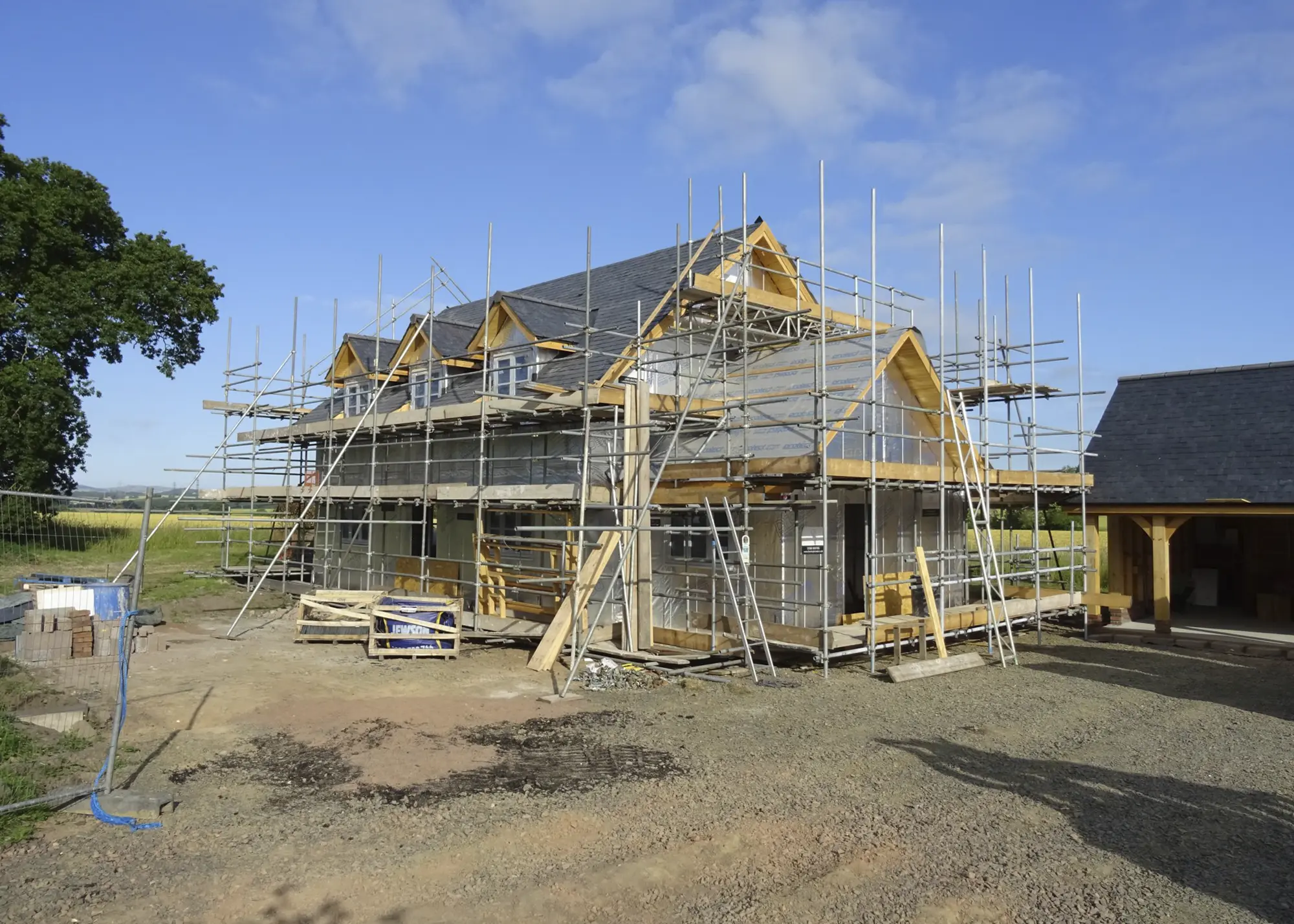
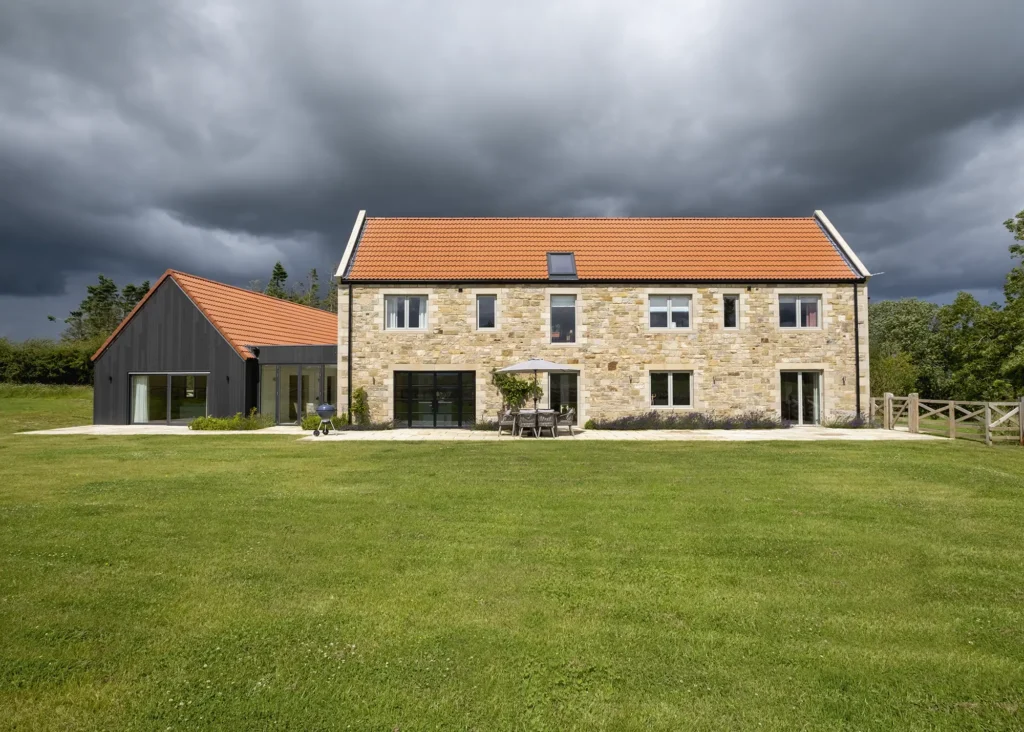
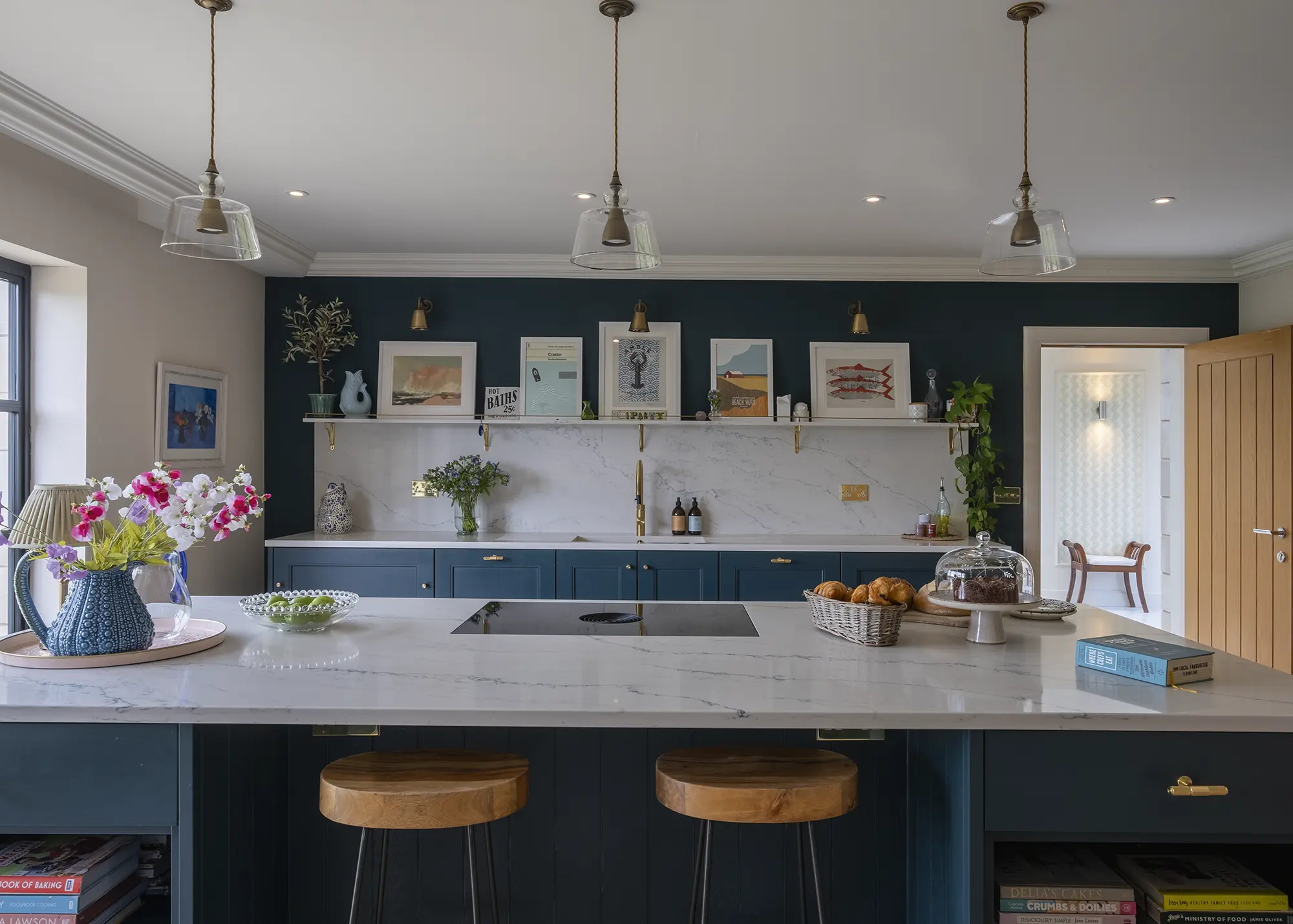
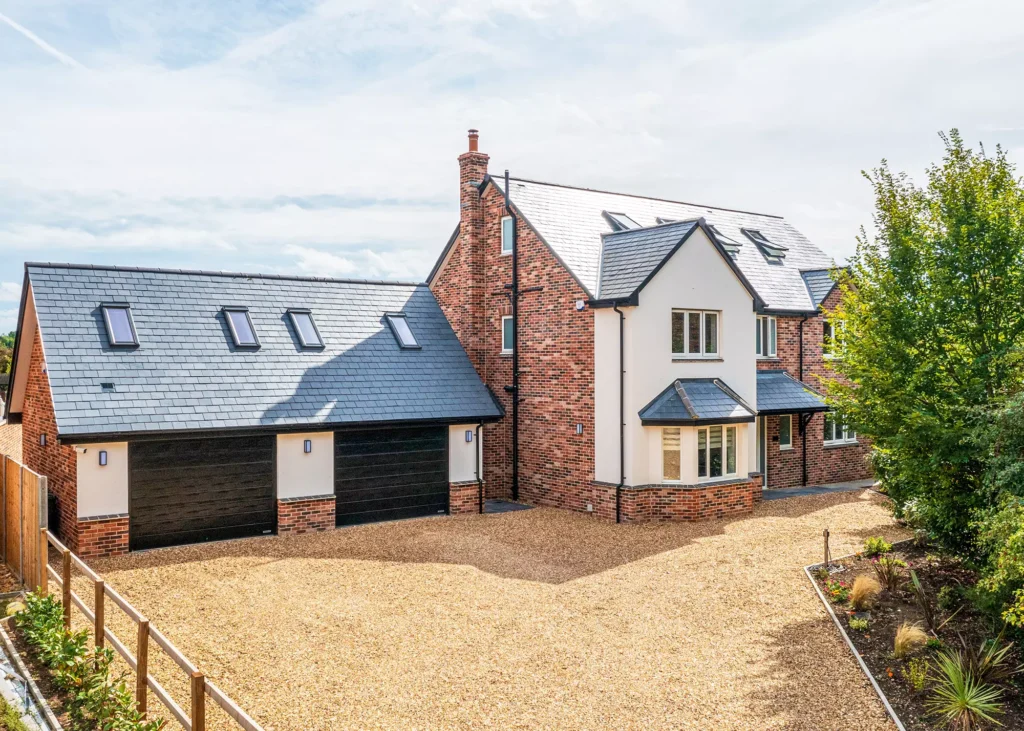
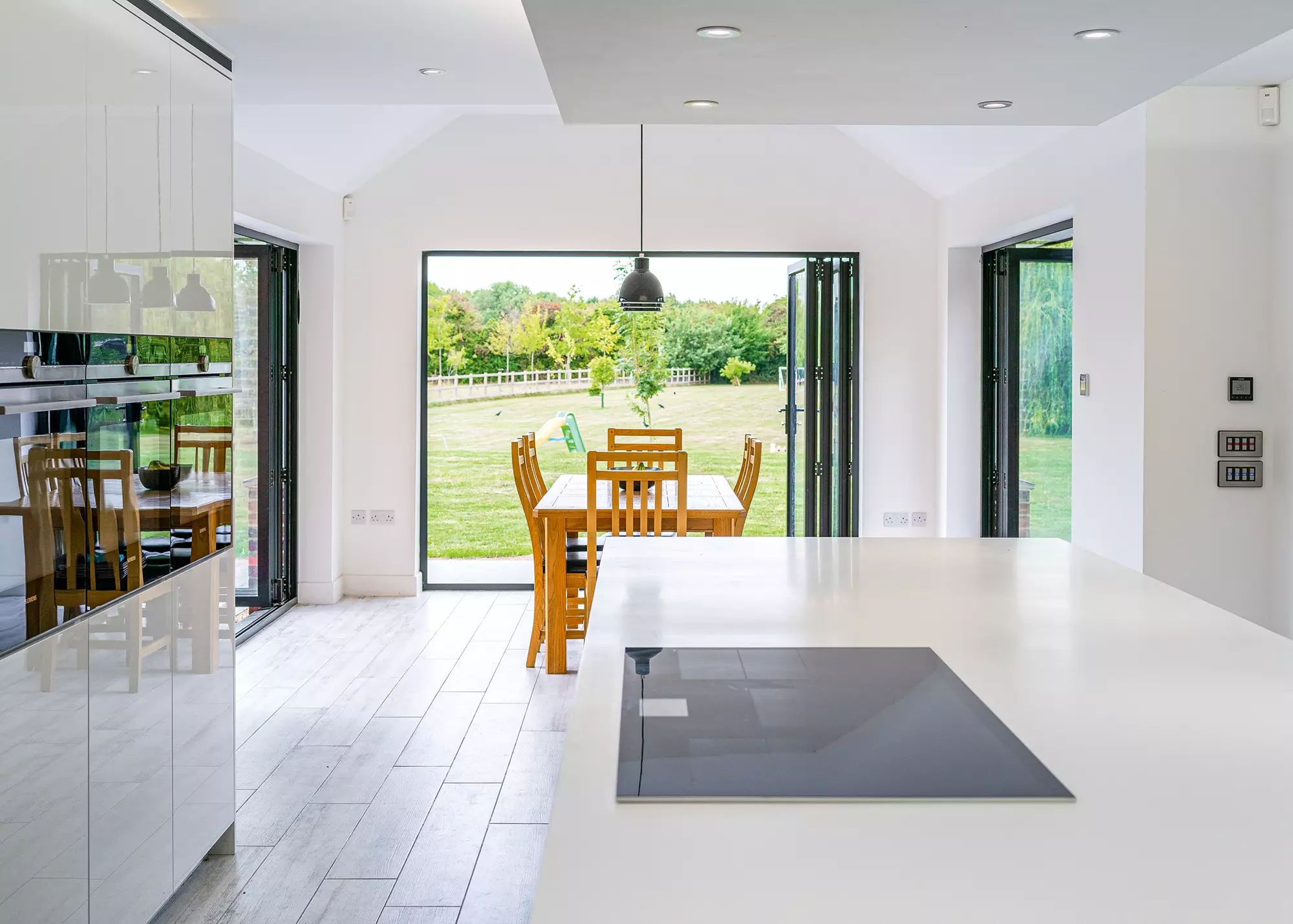
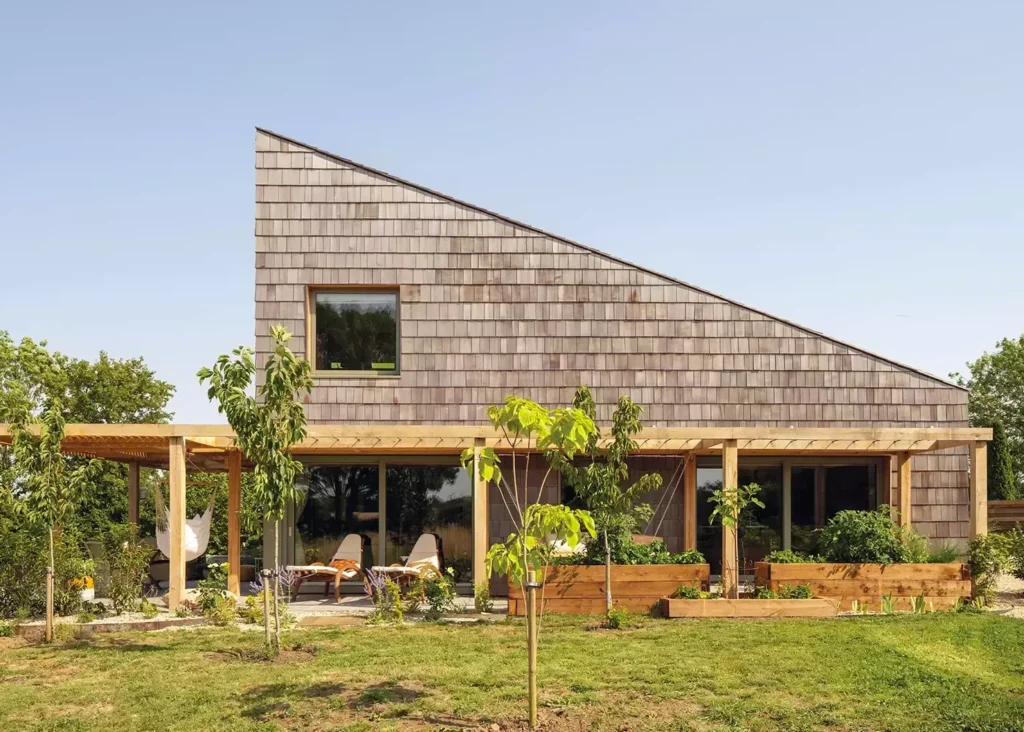
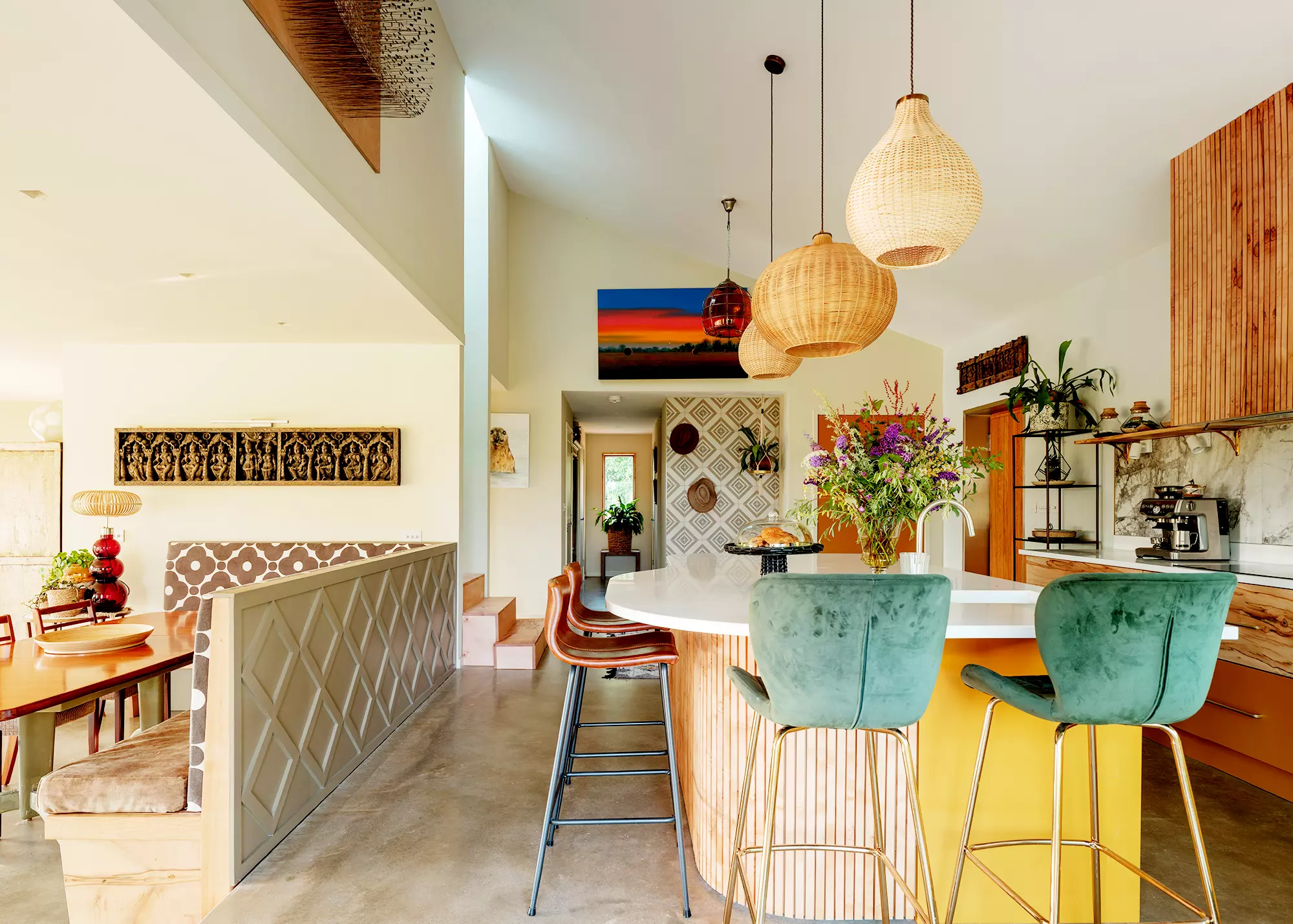

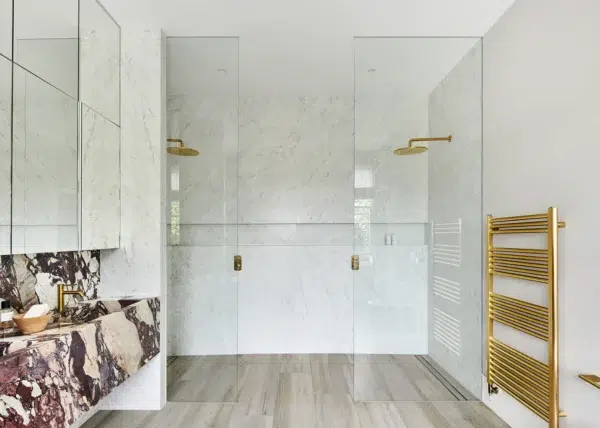
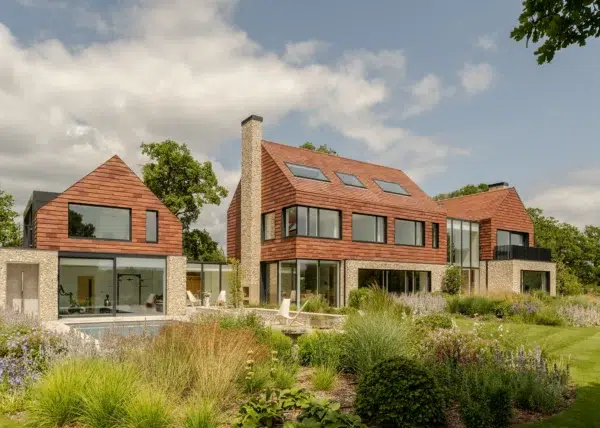
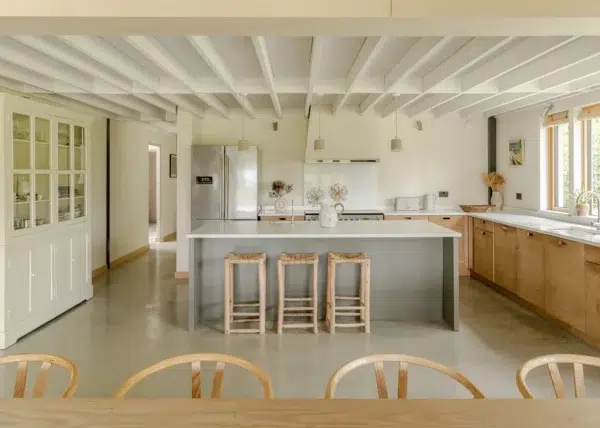
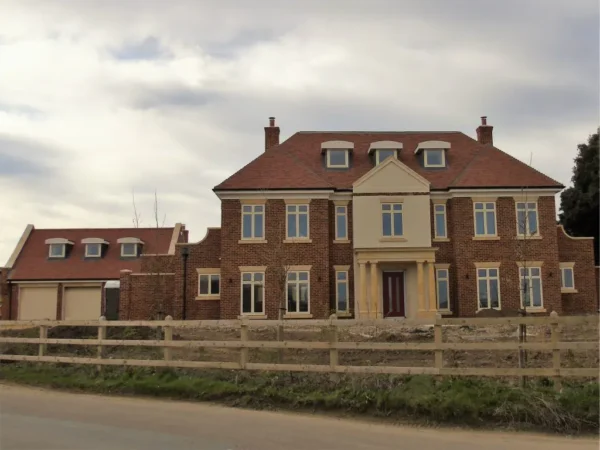

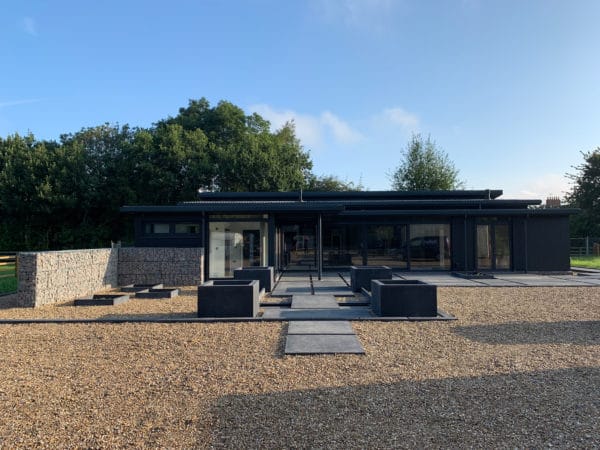
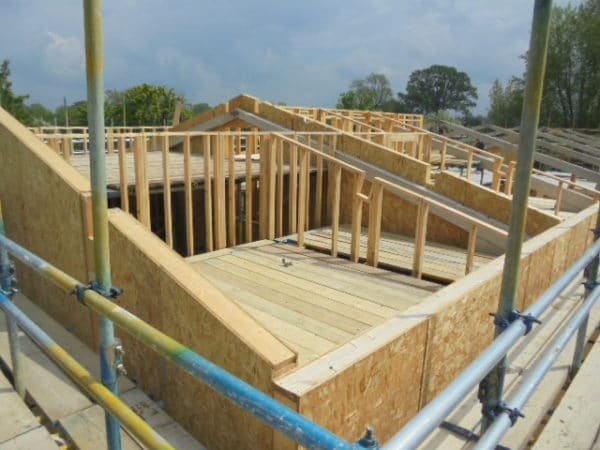



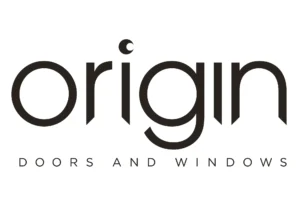

This comment has been reposted in our Q&A section here